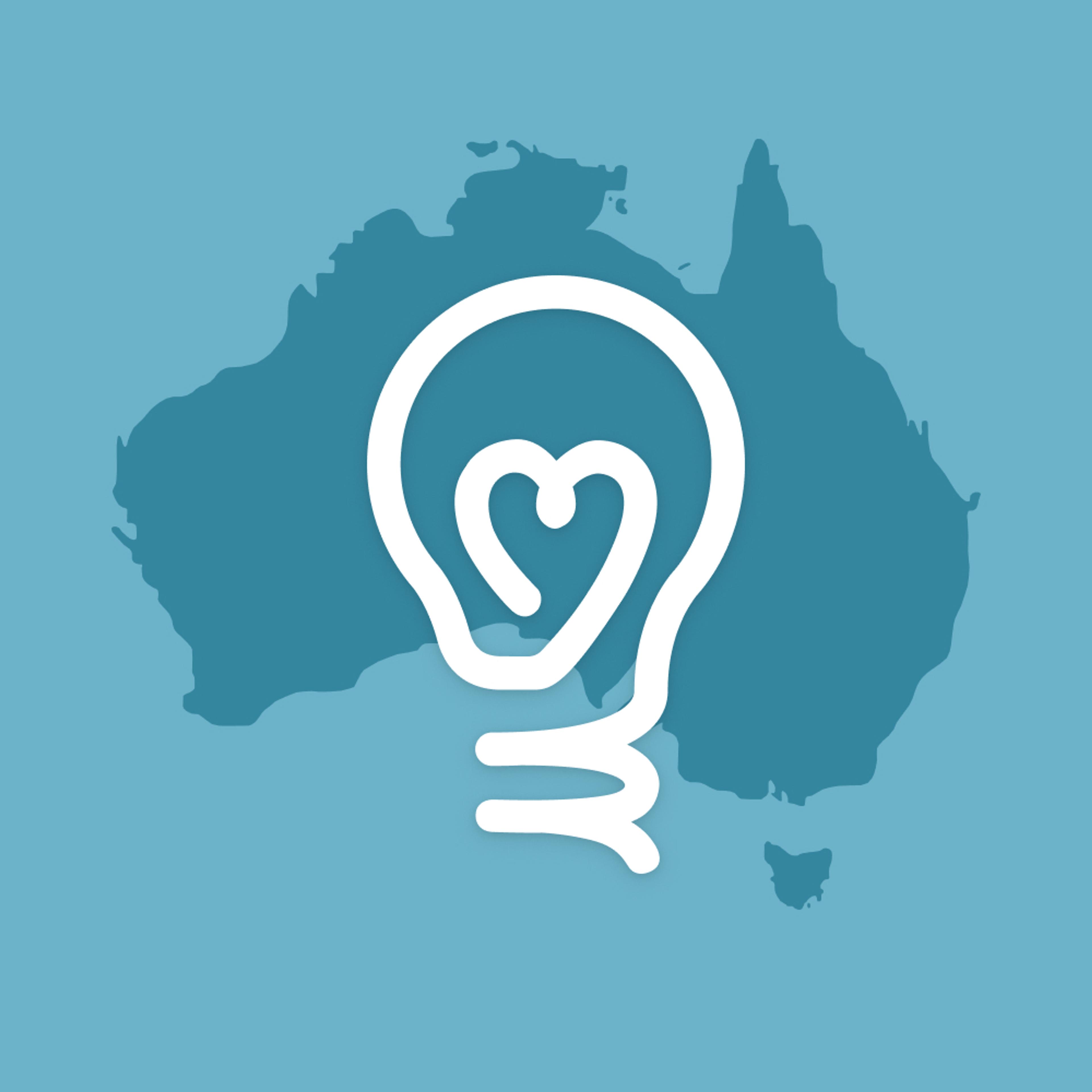
Effective Altruism Australia
Effective Giving Advocacy
Effective Altruism Australia's effective giving program promotes effective giving in Australia through research and advocacy.
What problem is Effective Altruism Australia working on?
Australia is a wealthy country, where 60% of people donate to charity. This puts Australians in an excellent position to improve the lives of others. However, most of that money is spent domestically, and only a small fraction on the world's most effective charities.
Effective Altruism Australia (EAA) helps Australians discover ways of making their time and money go further, and provides them with a community of like-minded people trying to do the same.
What does Effective Altruism Australia do?
EAA makes it easier for Australians to donate to the world's most effective charities by partnering with those charities and regranting to them. It maintains best-practice transparency and integrity processes so Australians can donate to those charities with confidence.
EAA currently serves two core functions: it’s both a giving multiplier and community-building hub.
- As a giving multiplier, EAA allows Australians to make tax-deductible donations to all GiveWell Top Charities. Donors may select their own charities or give to EAA, who then works with GiveWell to identify where their donations will have the most impact. In 2021–2022, EAA regranted over $5 million AUD to its partner charities. You can learn more about its impact in its payout reports.
- As a community-building hub, EAA has received grants to build the effective altruism community in Australia. Despite its relatively small population (ranked #55 globally), Australia has the fourth-largest population of effective altruists in the world. The community is a large source of EAA’s long-term donors, and building this community helps donors feel more connected, increase their personal impact, and ultimately do more good.
What information does Giving What We Can have about the cost-effectiveness of Effective Altruism Australia?1.
We previously included Effective Altruism Australia as one of our recommended charities because the impact-focused evaluator Founders Pledge conducted a report on giving multipliers as a high-impact cause area, and found that EAA was highly cost-effective (though the complete analysis has not been published). Founders Pledge also provided two grants to EAA: one for $50,000 USD and one for €78,000. We’ve since updated our recommendations to reflect only organisations recommended by evaluators we’ve looked into as part of our evaluator investigations and chosen to rely on; as such, we don't currently include Effective Altruism Australia as one of our recommended programs but you can still donate to it via our donation platform.
On a separate note, there are several potential conflicts of interest we would like to highlight here, which we also share on our transparency page:
- Sjir Hoeijmakers, CEO of Giving What We Can, formerly worked as a Senior Researcher at Founders Pledge. In that time, he contributed to the research on giving multipliers and the evaluation of EAA.
- Two staff members at Giving What We Can (Aidan Whitfield and Grace Adams) are employed by EAA. Notably, their work is funded by a grant from Giving What We Can. Donations from this page are restricted to EAA's core operations (such as maintaining its website, donation platform, and core operational funding) and will not directly contribute to Giving What We Can staff salaries.
At Giving What We Can, we focus on the effectiveness of an organisation's work -- what the organisation is actually doing and whether their programs are making a big difference. Some others in the charity recommendation space focus instead on the ratio of admin costs to program spending, part of what we’ve termed the “overhead myth.” See why overhead isn’t the full story and learn more about our approach to charity evaluation.